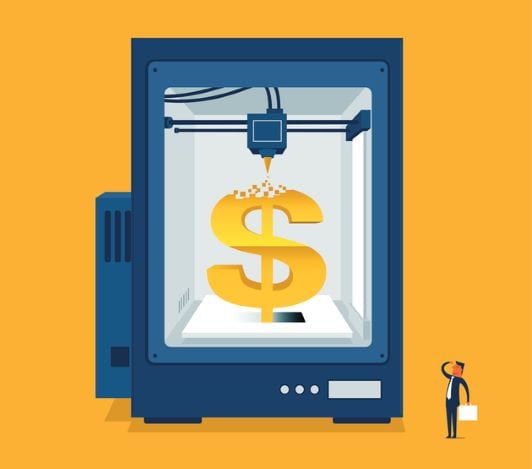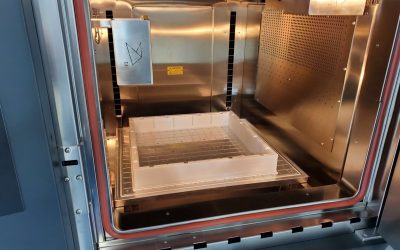When preparing for a video interview with Mark Douglass late last year, I didn’t expect the business development manager of Lincoln Electric’s Additive Solutions division to debunk one of my long-held beliefs about AM.
.
But he did.
.
Like many in the 3D printing industry, I accepted the maxim that when it comes to AM, “the complexity is free.” I offhandedly uttered the phrase toward the end of our interview. He responded, “I know people like to say that, but it’s not free.”
.
I followed up with Douglass by email and asked him to elaborate. Here’s his response: “In theory, a 3D printer simply needs a CAD file and it can produce a part. If the designer changes the CAD file and adds part complexity, then, in theory, the 3D printer goes with it and prints the new part seamlessly without any new hardware.
.
“However, the machine and the slicing/path planning software have to be able to handle the added complexity, which very well may require adaptations to both in order to print the newly designed part.
.
“For example, if someone wants to print a simple cylinder, all that’s required is a turntable and a printhead, with either one of them having some vertical-motion capability. But if the shape is a cylinder that transitions to another cylinder (such as a 90-degree elbow) or multiple cylinders at various angles, then both the software and hardware need to be more sophisticated to accommodate the more complex design. That added sophistication incurs added expense.”
Click here to view original web page at www.thefabricator.com





0 Comments